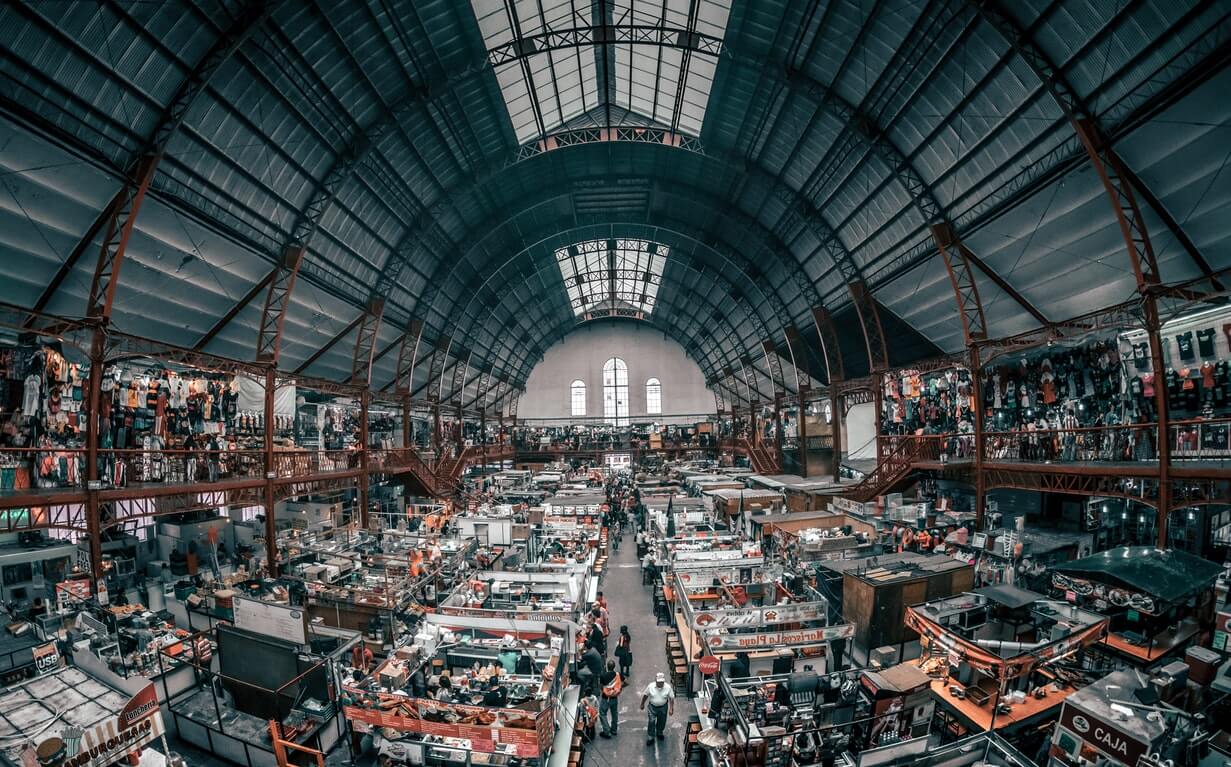Choosing the Right Vacuum Pump for Uninterrupted Factory Production
Analysis of Factory Vacuum Needs
Each factory’s production line machinery and processes have different vacuum requirements. For example, low vacuum levels may suffice in the packaging industry, while high and stable vacuum is necessary for pharmaceutical production. Therefore, all stages of the production process must be carefully analyzed to clearly determine where vacuum is applied. Incorrect vacuum selection can lead to fluctuations in product quality and production line stoppages.
Additionally, the duration of vacuum pump operation, the continuity, and intensity of the vacuum are critical. Some production lines operate 24/7, while others require vacuum only at specific times. This directly affects pump selection, as continuous operation demands higher durability and performance from pumps. If vacuum demands vary across different production stages, the pump must adapt to these changes.
The factory’s growth and expansion plans should also be considered. If production capacity is expected to increase in the future, the selected vacuum pump must have flexible and scalable capacity. This avoids costly pump replacements or additional purchases. Proper planning optimizes initial investment costs and prevents future production disruptions.
Vacuum Pump Types and Applications
Vacuum pumps are classified based on their mechanical structure and operating principles. The most common types include rotary vane, dry vacuum, diaphragm, and peristaltic pumps. Rotary vane pumps operate with oil, producing low to medium vacuum levels, and are preferred for their cost-performance balance. However, oil use may limit their application in sensitive or clean environments.
Dry vacuum pumps are resistant to contaminants and chemicals due to their oil-free operation. These pumps are widely used in pharmaceuticals, food, and chemical industries, as they reduce contamination risks in vacuum environments. Dry pumps typically require less maintenance, and they generate less heat during operation compared to other pump types.
Diaphragm pumps are preferred for processes involving aggressive gases and chemicals. Their flexible diaphragm structure provides precise and controlled vacuum. Peristaltic pumps are typically used for vacuum creation in liquid transfer and are advantageous in applications requiring cleanliness. Selecting the pump type most suitable for the production process enhances efficiency and reduces operational issues.
The advantages and disadvantages of pump types must be evaluated in alignment with their applications. For instance, if the production line involves high temperatures, corrosive substances, or dust, a pump with appropriate materials and design should be chosen. Proper pump selection impacts not only production performance but also worker safety and environmental compliance.
Pump Capacity and Performance Criteria
Pump capacity must be determined based on the factory’s production volume and vacuum requirements. Capacity indicates how much air or gas the pump can extract in a given time, typically measured in liters per minute or cubic meters per hour. An under-capacity pump can cause vacuum drops in the production line, slowing processes. Conversely, selecting an over-capacity pump increases initial investment costs and leads to unnecessary energy consumption.
Performance criteria include the pump’s vacuum level (pressure), vacuum generation speed, and operating duration. The desired vacuum level in the production line is critical for process continuity. The pump must achieve and maintain this level. Additionally, the pump’s operating speed must align with the production tempo. A slow pump can reduce process efficiency.
Pump durability and operational lifespan are also key performance criteria. Long-lasting and durable pumps prevent production interruptions, ensuring operational continuity. Therefore, pump selection should consider not only technical specifications but also manufacturer reliability and material quality. An efficient pump optimizes not only performance but also energy consumption and maintenance costs.

Energy Efficiency and Operating Costs
In industrial facilities, vacuum pumps are among the equipment that heavily consume electricity. Thus, energy efficiency is critical for reducing operating costs. Energy-saving vacuum pumps can operate for extended periods with low electricity consumption. Modern pump technologies, with variable speed control and energy optimization features, prevent unnecessary energy use.
Energy efficiency not only provides cost savings but is also significant for reducing environmental impact. Low-energy pumps contribute to reducing carbon emissions and support businesses in achieving sustainability goals. Additionally, energy-efficient pump use helps businesses align with social responsibility and green production policies.
Operating costs are not limited to energy consumption. Maintenance, repairs, spare parts, and labor costs also contribute to total expenses. Pumps with high energy efficiency and low maintenance requirements significantly reduce long-term costs. Therefore, during selection, not only the purchase price but also the total cost of ownership should be analyzed.
Maintenance Ease and Durability
The ability of a vacuum pump to offer regular and easy maintenance is crucial for production continuity. Pumps that are difficult and time-consuming to maintain can disrupt production plans. Pumps with easy maintenance allow for quicker fault detection and intervention, preventing unexpected production line stoppages.
Pump durability is measured by its resistance to operating conditions. Harsh environments, high temperatures, corrosive chemicals, or dusty areas can shorten a pump’s lifespan. Therefore, pump material and design play a significant role in selection. Pumps made from robust and high-quality materials can operate reliably for years.
A balance between maintenance ease and durability is essential. A durable but hard-to-maintain pump can jeopardize production continuity. Conversely, pumps requiring frequent maintenance but lacking durability can be costly. The ideal pump is both durable and easy to maintain.
Importance of Long-Term Investment
Investing in a vacuum pump may seem costly initially, but it provides significant savings in the long term. Durable and efficient pumps increase profitability through low energy consumption and reduced maintenance needs. Additionally, fewer production interruptions enhance customer satisfaction and market competitiveness.
Investment decisions should not focus solely on price. Pump performance, energy efficiency, maintenance ease, and longevity should be comprehensively evaluated. A well-chosen vacuum pump provides a competitive advantage by shortening the return on investment period.
Long-term cost savings and production continuity support businesses’ sustainable growth. Therefore, vacuum pump selection should be a strategic decision, supported by detailed technical, economic, and operational analyses.


